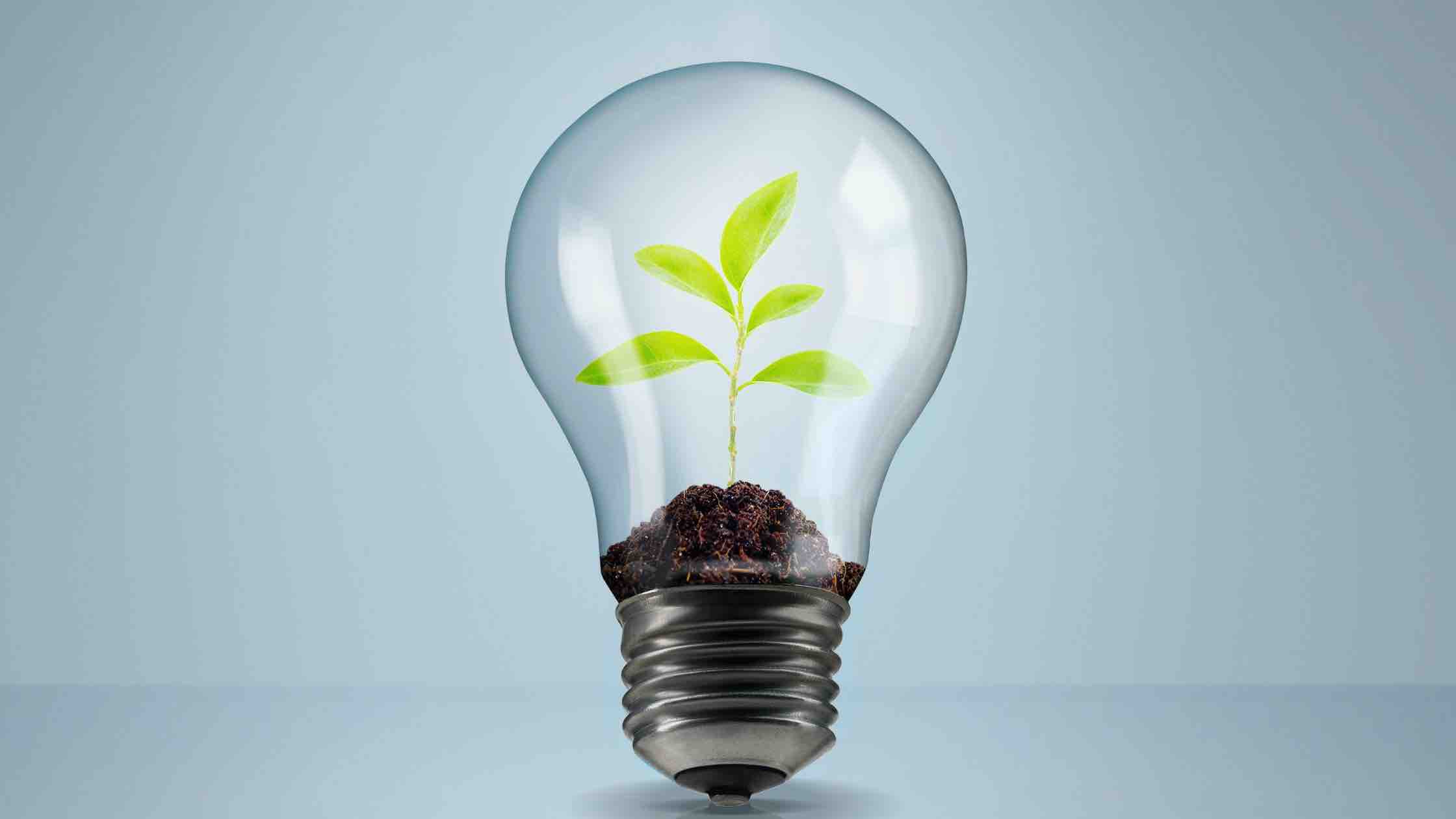The intersection of sustainability and innovation represents a crucial pathway for addressing the pressing environmental and social challenges we face today.
By combining sustainability principles with innovative approaches, we can develop solutions that minimize negative impacts on the planet while creating value and driving positive change.
Here are some key aspects of the intersection of sustainability and innovation:
Sustainable Design and Product Development: Integrating sustainability into the design and development of products and services is essential. This involves considering the entire lifecycle of a product, from sourcing and manufacturing to distribution, use, and disposal. Innovations in materials, production processes, and supply chain management can lead to more sustainable and environmentally friendly outcomes.
Circular Economy: The concept of a circular economy emphasizes minimizing waste and maximizing resource efficiency. Innovations in circular economy practices, such as product reuse, repair, remanufacturing, and recycling, enable the creation of closed-loop systems. These innovations reduce reliance on finite resources, decrease environmental impact, and promote long-term sustainability.
Renewable Energy and Clean Technologies: Innovation in renewable energy sources, such as solar, wind, and geothermal, is critical for transitioning to a low-carbon economy. Advances in clean technologies, energy storage, and grid management facilitate the integration of renewable energy into our infrastructure, reducing reliance on fossil fuels and mitigating climate change.
Sustainable Agriculture and Food Systems: Sustainable innovation in agriculture aims to minimize environmental impact, promote biodiversity, and ensure food security. Technologies such as precision agriculture, vertical farming, and alternative protein sources are transforming the way we produce and consume food, making it more sustainable and resilient.
Smart Cities and Sustainable Infrastructure: The development of smart cities and sustainable infrastructure involves integrating technology and data to optimize resource management, enhance energy efficiency, and improve quality of life. Innovations in urban planning, transportation, buildings, and infrastructure contribute to reduced emissions, improved air quality, and enhanced livability.
Social Innovation and Inclusive Solutions: Sustainability goes beyond environmental considerations; it also encompasses social and economic aspects. Social innovation involves developing solutions that address societal challenges, such as poverty, inequality, and access to education and healthcare. Inclusive business models and technologies can empower marginalized communities and create shared value.
Collaboration and Partnerships: Addressing sustainability challenges requires collaboration across sectors, disciplines, and stakeholders. Innovations often emerge from partnerships between businesses, governments, academia, nonprofits, and communities. Collaborative platforms and networks foster knowledge sharing, resource pooling, and collective action toward sustainability goals.
Behavior Change and Consumer Engagement: Encouraging sustainable behavior change among individuals and consumers is essential. Innovations in communication, marketing, and user experience design can effectively engage and educate consumers, promoting sustainable choices and lifestyles.
By embracing innovation through the lens of sustainability, we can foster economic growth, preserve natural resources, promote social equity, and enhance the well-being of present and future generations.
The intersection of sustainability and innovation offers a transformative pathway to a more sustainable and resilient future.
Read more on Crenov8:
Six effective steps to achieving Sustainability Transformation
Why is Corporate Governance so important for long-term Sustainability and Development?






